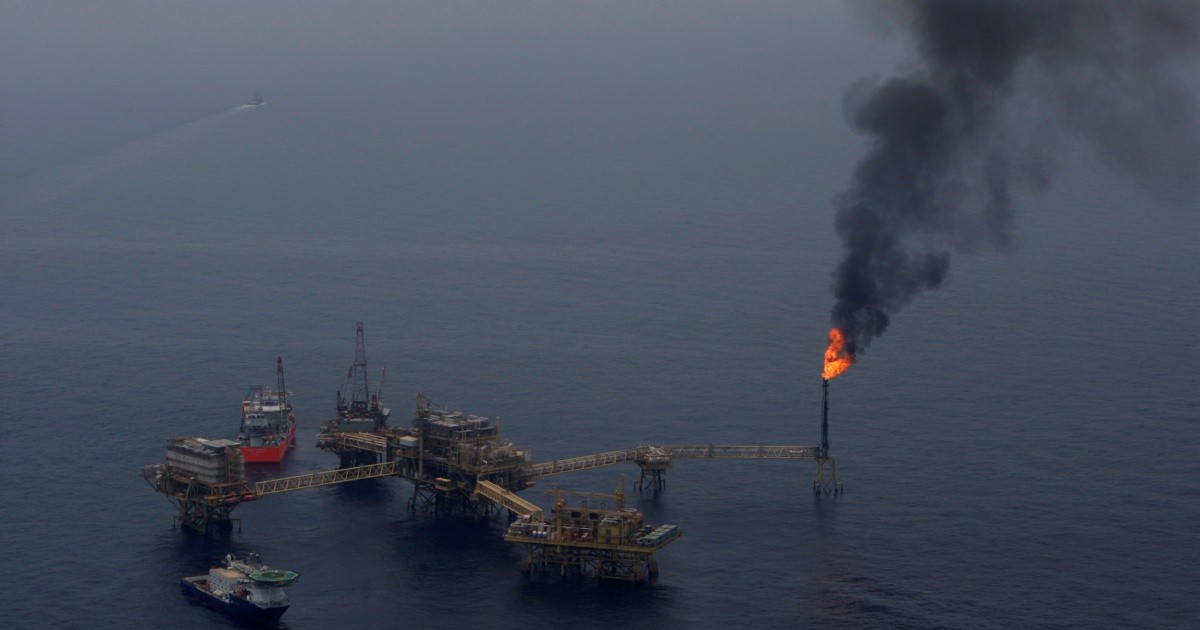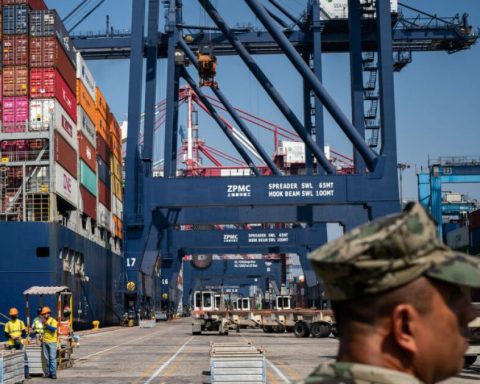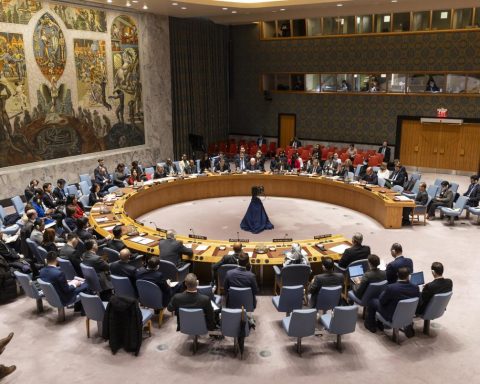Mexico is the tenth methane gas emitter of the world. Each year it emits 6.3 million tons of this gas, which is considered the second largest contributor to global climate change, since it represents 30% of the gases that generate the so-called greenhouse effect.
On a global scale, the largest emitter is China, with 58.4 million tons, followed by India with 31.8 and the United States with 31.5.
According to the director of Climate Initiative Energy of Mexico (ICM) Luisa Sierra, in Mexico 33% of greenhouse gas emissions are explained by this gas.
In addition to contributing significantly to climate change, it has an impact on air quality and, therefore, on people’s health, because when it interacts with solar radiation, it favors the formation of ozone.
When this gas is burned, black carbon is produced, which is one of the main components of PM 2.5 particles, linked to cardiovascular and pulmonary diseases.
For this reason, seeking to reduce these types of emissions is not only a matter related to climate change, but also to air quality and the health of the population, he stressed.
Mexican oil and gas sector emits 17.9 million tons of methane per year
According to the National Inventory of Greenhouse Gases, published by the federal government in 2021, which takes 2019 as the base year, 557 million tons of equivalent carbon dioxide were emitted in Mexico. Of that amount, 32% is methane.
The main emitter is cattle (58.2%), the second is waste (28.7) and the third is the oil and gas sector (9.61%).
In 2019 alone, the sector oil and gas Mexico emitted 39.5 million tons of carbon dioxide and of these, 17.9 million were methane. This means that in this sector methane represents 43% of greenhouse gas emissions.
The main methane emitters are the flaring and venting of companies in the energy sector. That is where 67% comes from and 7% correspond to the so-called fugitive emissions, that is, they are those that are not made deliberately.
For his part, Gustavo Alanís Ortega, director of the Mexican Center for Environmental Law (CEMDA), drew attention to the fact that in 2016, Mexico, the United States and Canada committed to reducing methane emissions from the oil sector by up to around 45%. for 2025, however to date they have not reported the level of progress of that commitment.
What is known is that they committed to implementing federal regulations to reduce emissions from existing and new sources in the oil and gas sector.
During the COP27 Mexico committed in its Nationally Determined Contributions (NDC) to reduce its Greenhouse Gas emissions by 35% in an unconditional manner.
Strategic oil and gas sector to comply with emissions reduction
In this sense, Luisa Sierra said that the oil and gas sector represents a key sector to achieve this goal, since, according to an analysis carried out by the Climate Initiative of Mexico, in 2022, it is possible to reduce 23 million tons of carbon dioxide of which 73% correspond to methane.
For this, 19 measures that Mexico can implement have been identified, of which 16 are cost effective, that is, there would be an economic benefit.
These include the installation of a compression platform at the Ku-Maloob-Zaap oil facilities and associated pipelines; installation of nitrogen removal units in the Akal de Cantarell field and the recovery of natural gas in onshore wells.
For her part, Anaid Velasco, research manager of the Mexican Center for Environmental Law (CEMDA), explained that the Mexican government has developed a series of federal regulations to control and prevent methane emissions, specifically from the oil and gas sector.
In 2016 the National Hydrocarbons Commission (CNH) published the Technical Provisions for the use of associated natural gas in the exploration and extraction of hydrocarbons and, in 2018, the National Agency for Industrial Safety and Environmental Protection of the Hydrocarbons Sector (ASEA) published the General Administrative Provisions that establish the Guidelines for the prevention and comprehensive control of methane emissions from the Hydrocarbons Sector.
He explained that the Technical Provisions of the CNH establish that hydrocarbon extraction activities must take advantage of 98% of the associated natural gas, while the Provisions of the ASEA indicate that the regulated entities must deliver to the Agency a Program for the Prevention and the Comprehensive Control of Methane Emissions (PPCIEM) in which they include actions and a comprehensive goal to reduce their methane emissions. The effective implementation of these regulations should no longer be delayed, he remarked.
As of September 2022, the Ku, Maloob and Zaap fields, which are the main crude oil producers in the country, reached a gas utilization target of 66%, 69% and 74%, respectively.
On the other hand, he said that regarding compliance with the ASEA Provisions, it has been identified that very few companies in the oil and gas sector are complying with their obligations.
For example, through a public information request and an analysis carried out by ICM, it was found that as of November 2022, approximately 7% of regulated companies had delivered their PPCIEM in accordance with the regulation published by ASEA. .
Mexican Observatory for Methane Emissions begins operations
The week that has just ended, the Mexican Center for Environmental Law (CEMDA), the Climate Initiative of Mexico (ICM) and Nuestro Futuro, launched the Mexican Observatory of Methane Emissions (OBMEM).
It is a digital information platform for the general public that seeks to monitor due compliance with the normativity to prevent and control methane emissions from the oil and gas sector, as well as to inform and create awareness about the negative impacts associated with such emissions.
The OBMEM will also seek to create spaces for collaboration with different actors to promote dialogue and action towards the implementation of international commitments and federal regulations adopted on the matter.















